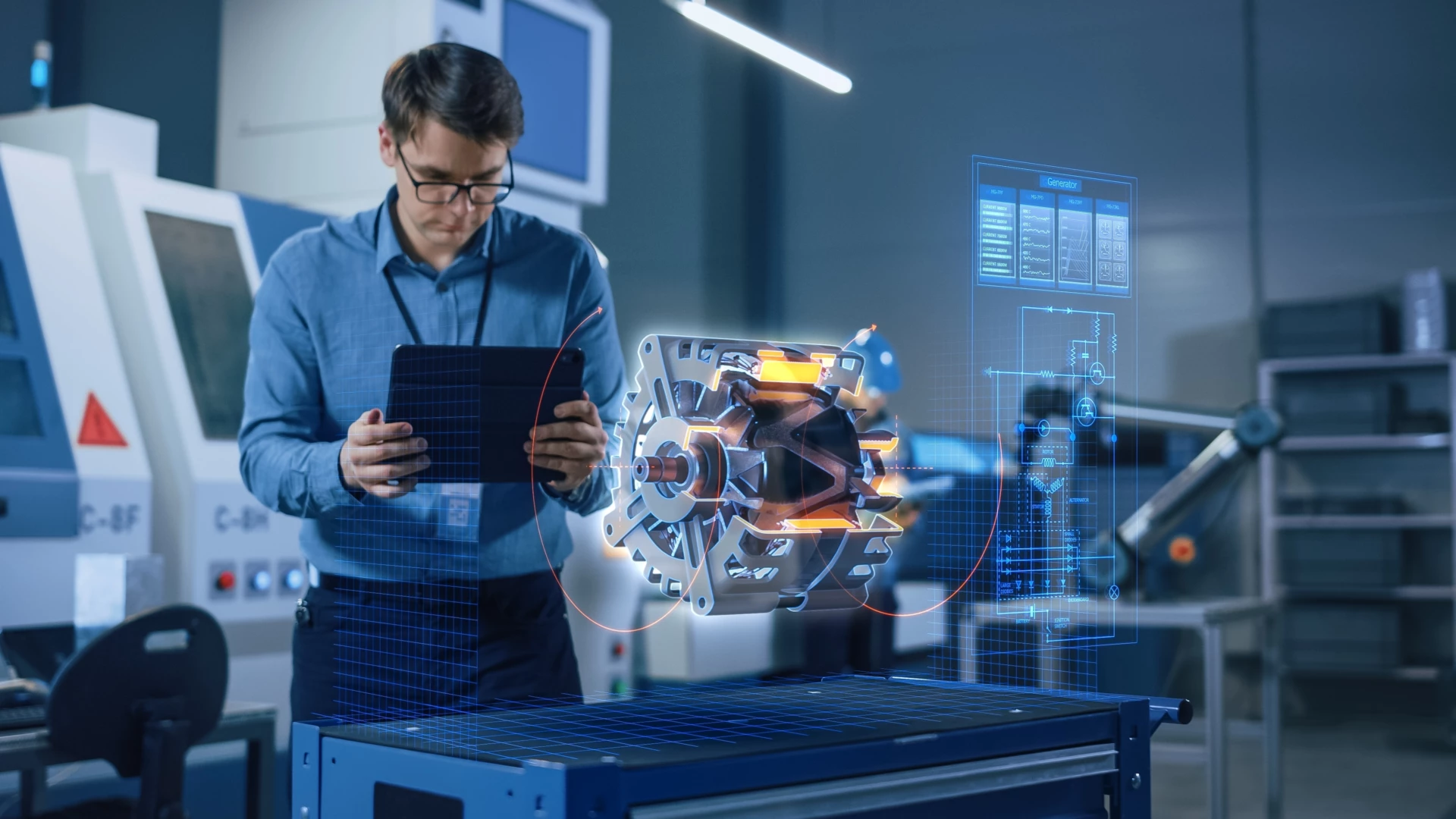One wrong move and suddenly, the door handle breaks. If it's just the basement door, it might not seem like a big deal—perhaps even an excuse to delay cleaning. However, if the broken handle prevents access to your apartment or pantry, it becomes a critical issue. Finding the right solution quickly is crucial to regain access to your home and food. Once fixed, we gain a newfound appreciation for the once-overlooked door handle.
We have an emotional connection to reliable and innovative products. However, the introduction of new products tends to be pragmatic and rational in most companies. The focus is often on enhancing existing products to make them more user-friendly, eco-friendly, or efficient. Product developers often engage in incremental, yet time-consuming improvements rather than groundbreaking innovations.
Efficient Product Development: Challenges and Solutions for Innovative and Sustainable Designs
Product development poses significant challenges for companies, with lengthy development cycles and substantial manpower required for manual modeling which hinders efficiency. This results in extended iteration cycles between departments, potentially delaying product launches and risking that similar products from competitors reach the market first or that the product becomes outdated.
Furthermore, prolonged development cycles might result in the product failing to meet new sustainability laws that were decided during the process.
Shortening Development Cycles with Generative AI
The industrial design process begins with conceptualizing various product variants as 3D CAD models. While creating 3D models simplifies variant creation, complex features often hinder this process. Traditionally, products are designed, simulated, and tested sequentially, with knowledge sharing between phases sometimes disrupted, necessitating manual adjustments for each variant.
Generative AI offers a new perspective by automating product variant creation. Text-to-3D technology, particularly for engineering design, can simplify and expedite the industrial design process.
GenAI Industrial Design: User-Friendly Application for Industrial Design
GenAI transforms text descriptions into CAD-compliant designs automatically. Users can adjust parameters in the user interface throughout the design process. Instead of creating hard-to-modify surface models, GenAI generates parametric models exportable to native formats like ACIS or STEP. Commands such as "increase the object size by 10 mm and adjust all dependent parameters" are executed autonomously, reducing development time by up to 50%.
Generative AI, however, also offers numerous benefits for subsequent simulation and construction phases as the technical precision of AI-generated models can be directly used in the product development cycle.

Standardization & Automation of Design Processes
Models are parametrically designed, ensuring consistent high quality across all development phases and significantly speeding up the entire process from concept to final design compared to manual solutions.
The seamless integration with existing platforms like Creo PTC, Autodesk Fusion 360, and Siemens NX simplifies the construction tasks.
Integrating AI Solutions into Existing CAD Systems
Integrating AI solutions into existing CAD systems requires careful planning and implementation to ensure seamless interaction with various CAD system functions and processes. This necessitates close collaboration with IT teams and a thorough analysis of system architecture and interfaces.
Successful integration offers significant advantages, allowing customers to use AI solutions directly within their familiar CAD systems without additional training, facilitating smooth adoption of new technologies and maximizing efficiency.
Optimized Simulation & Efficient Product Manufacturing
Generative AI, especially Text-to-3D approaches, automates product variant generation. The approach from appliedAI ensures that engineer-ready models are created, editable in native CAD systems, and precisely representing technical requirements. Fine-tuning and ensuring 100% robustness of the large language models (LLMs) in delivering engineer-ready models allows for adaptation to specific commercial tools, keeping design decisions traceable.
Generative AI also accelerates virtual simulations, reducing computation costs. This broad exploration of the design space and optimized performance assessment opens new possibilities in industrial and product design. Future GenAI applications could support the manufacturing of developed products by considering manufacturing constraints early in the design phase, ensuring efficiency and feasibility from the start and avoiding errors in production.
Post-Manufacturing Benefits
After a product launch, generative AI will enhance product optimization and drive research and development in industrial design, leading to efficient and innovative solutions in the short, medium, and long term. This approach will streamline workflows and revolutionize product development from concept to market readiness.
appliedAI's GenAI Industrial Design solution will meet all data privacy standards, ensuring complete data control within the customer's system, with all data and processes remaining within the customer's operational environment.
